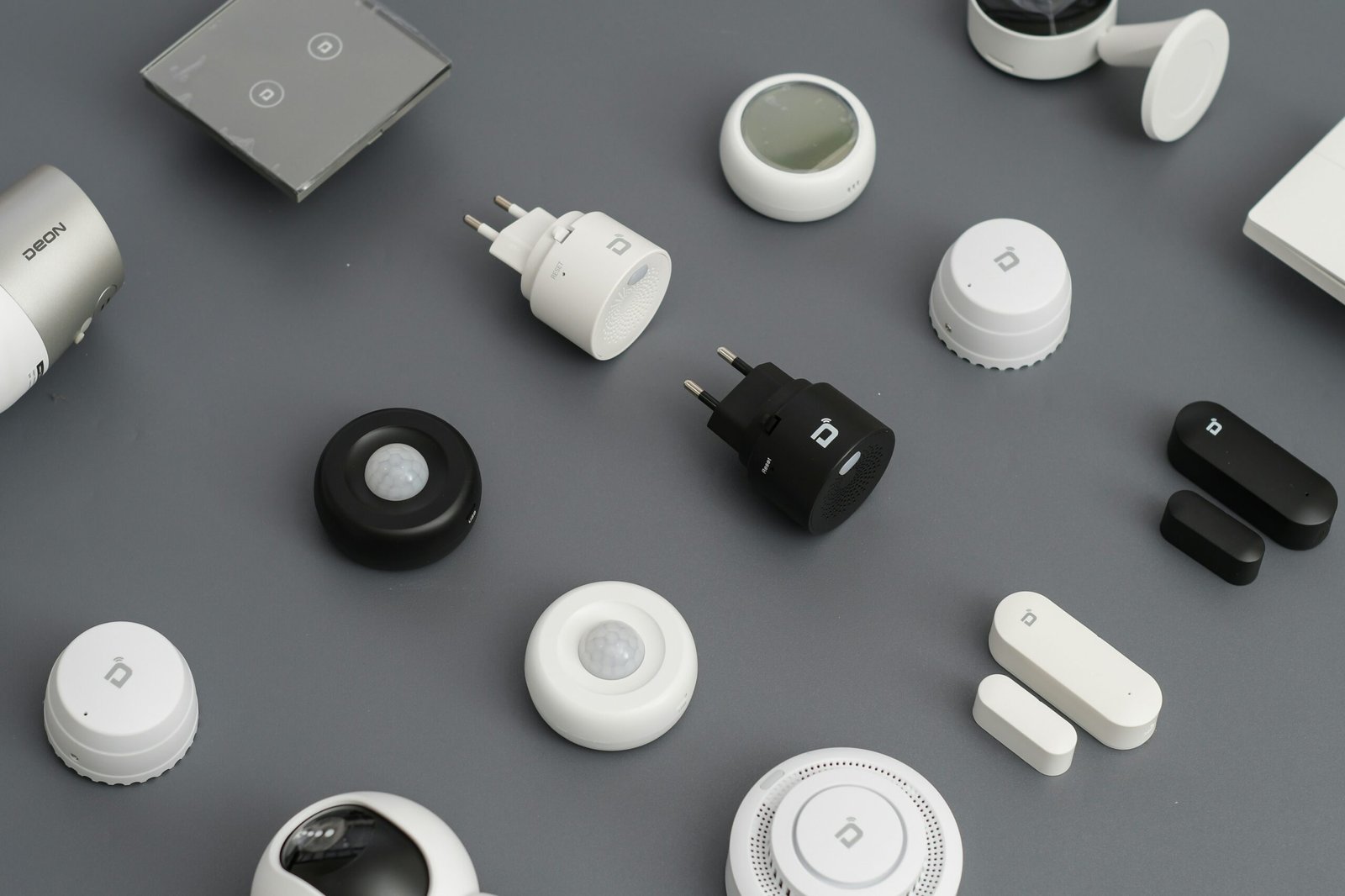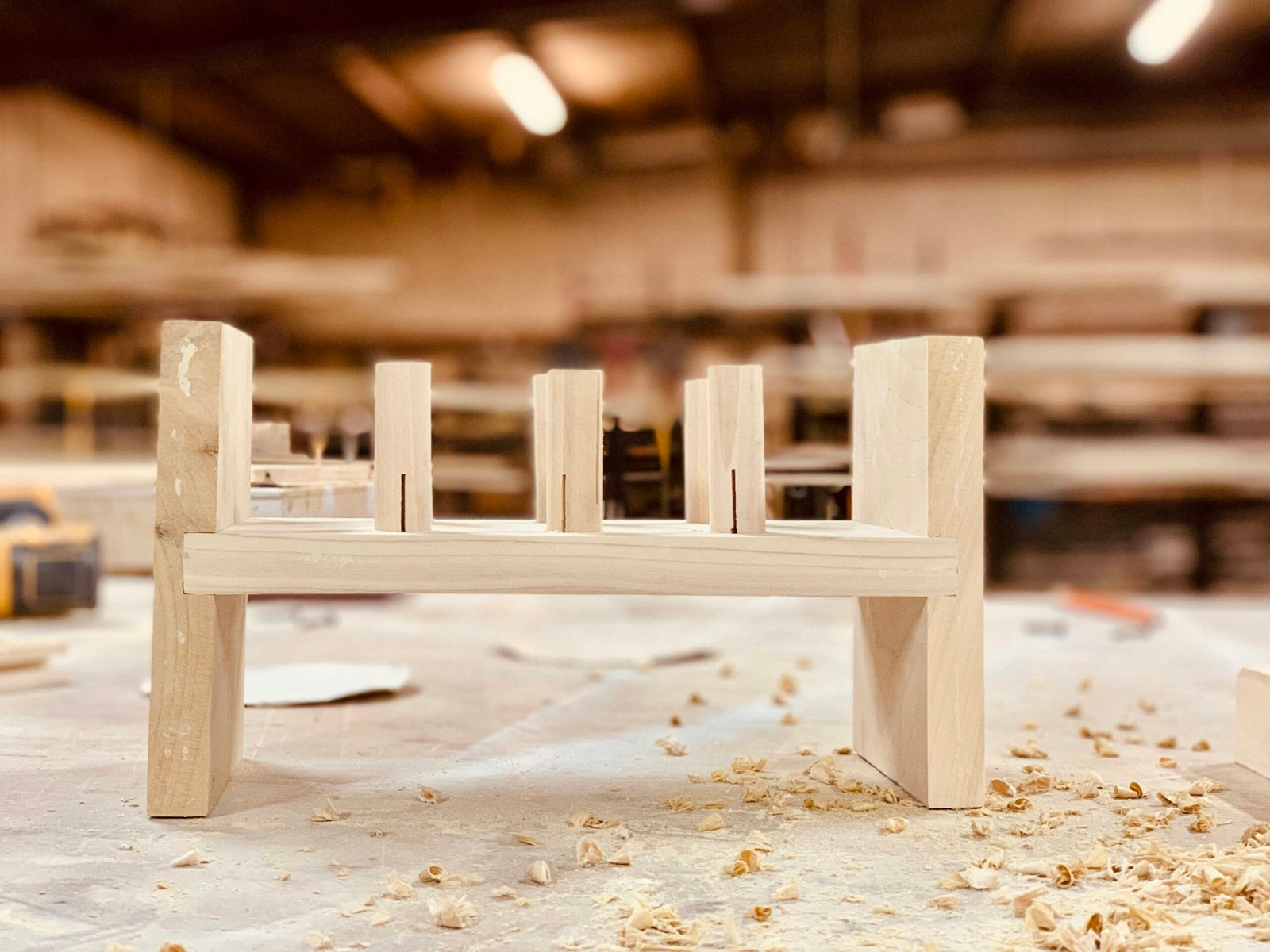Introduction to Smart Home Technology and IoT
Smart home technology, characterized by the interconnectivity of devices through the Internet of Things (IoT), represents a significant advancement in home automation. The fundamental principle behind smart homes is the ability of various devices to connect and communicate with one another, facilitating enhanced control over household functionalities. This interconnected ecosystem encompasses a wide array of devices, including smart thermostats, security cameras, lighting systems, and appliances, all designed to improve efficiency and convenience within the home environment.
The IoT framework allows these devices to gather data, interact with users, and learn from patterns of behavior, leading to automation that can adapt to individual preferences. For instance, smart thermostats can learn a household’s temperature preferences over time and adjust themselves accordingly, resulting in both comfort and energy savings. Similarly, smart security cameras enable homeowners to monitor their properties remotely, offering peace of mind when away from home. Such innovations not only enhance the overall living experience but also contribute to increased home security and energy efficiency.
Diving into DIY smart home projects allows individuals to explore the vast potential of smart technology without incurring prohibitively high expenses. Engaging in such projects yields several benefits, including significant cost savings compared to purchasing pre-assembled systems. It also allows for greater personalization, enabling homeowners to build automation solutions tailored to their specific needs and lifestyles. The sense of accomplishment stemming from building one’s automation system adds another layer of satisfaction to the DIY experience. Overall, the smart home movement powered by IoT devices opens the door for creative solutions that improve everyday living.
Top 5 DIY Smart Home Projects You Can Start Today
In the era of smart technology, homeowners are increasingly looking to integrate Internet of Things (IoT) devices into their living spaces. Here, we present five engaging DIY smart home projects that can elevate your home automation experience.
1. Smart Lighting System: Transform your home lighting with a smart lighting system. You will need smart bulbs, a compatible hub, and possibly a smartphone app. Begin by replacing existing bulbs with smart ones and connect them to your hub. Next, use the app to program lighting schedules or control lights remotely. This project can typically be completed in under an hour.
2. Home Security System: Enhance your home’s security with a DIY system incorporating security cameras, motion sensors, and alarms. For this project, you will require Wi-Fi-enabled cameras, motion detectors, and a central control app. Start by installing cameras at strategic points and set them up using the app to monitor your home. This project may take a few hours to set up, but its benefits are substantial.
3. Smart Thermostat: A smart thermostat can significantly improve energy efficiency by learning your heating and cooling preferences. You will need a smart thermostat and the relevant tools for installation. First, remove the old thermostat, then follow the manufacturer’s installation instructions to wire and mount the new device. This project usually takes about one to two hours to complete.
4. Automated Plant Watering System: Keep your plants healthy with an automated watering system. You will need moisture sensors, a water pump, and tubing to connect it all. Start by placing sensors in the soil and connecting them to the pump and a microcontroller. This project can be accomplished in approximately two hours.
5. Voice-Controlled Assistant: Set up a voice assistant using devices such as Amazon Echo or Google Home. Simply plug in the device, connect it to your Wi-Fi, and follow the setup prompts in the corresponding app. This simple process can normally be done within an hour, allowing you to control other smart devices with your voice seamlessly.
These projects offer a great starting point for anyone looking to enhance their home with IoT devices.
Tools and Components Needed for Smart Home DIY Projects
Embarking on smart home DIY projects necessitates a collection of essential tools and components that facilitate the successful outcome of your initiatives. Basic hand tools such as screwdrivers and pliers are fundamental for assembly and modifications. These tools allow for not only the installation of various devices but also for frequent adjustments or repairs that might be required during your exploration of IoT technologies.
When it comes to the heart of most smart home projects, microcontrollers like Raspberry Pi and Arduino are indispensable. These platforms provide a flexible environment for developing various applications that automate and enhance home functionalities. Both options come with extensive community support, exhaustive documentation, and an array of available extensions, making them ideal stepping stones for both beginners and experienced hobbyists.
Sensors play a vital role in developing a responsive smart home. Common sensors used include temperature sensors, motion detectors, and humidity sensors. These components allow for real-time data collection and trigger responses based on environmental conditions, thereby enhancing automation and control in your living space. For power management, smart plugs are also critical, providing the ability to monitor and control devices remotely.
To enable communication between the devices, various communication modules such as Wi-Fi and Bluetooth are necessary. These modules facilitate the connection of your components to the internet or allow peer-to-peer communication. Knowing how to leverage these technologies significantly influences the effectiveness of your smart home system.
When sourcing these components, it is advisable to explore both online platforms, like Amazon or specialized electronics retailers, and local electronics stores, which often provide expert guidance and quick access to necessary materials. This dual approach will ensure that you have the right tools and components at your disposal to create a truly innovative smart home environment.
Tips for Troubleshooting and Expanding Your Smart Home System
Troubleshooting common issues in a smart home system can often feel overwhelming, especially for those who are new to DIY projects. A frequent problem encountered is connectivity; devices may struggle to connect to your Wi-Fi network. To resolve this, ensure that your router is positioned centrally within your home, minimizing interference from walls and other electronics. If connectivity issues persist, consider resetting the device or updating its firmware. Many smart home devices benefit from a simple power cycle—turning them off and back on can reinstate connection.
Device integration poses another challenge within smart home ecosystems. Compatibility between various systems is crucial. Before purchasing new devices, verify their compatibility with your existing setup, as not all devices work harmoniously unless specified. Utilizing smart home hubs can facilitate easier integration, allowing various devices to communicate more effectively. Furthermore, ensure that the applications controlling your devices are updated regularly, as software updates often contain vital patches addressing integration issues.
As you grow more comfortable with your initial smart home projects, you may wish to expand your system. Integrating additional sensors, such as motion detectors or environmental sensors, can enhance functionality significantly. Furthermore, leveraging home automation software platforms can streamline control, enabling you to set up routines that prompt your devices to behave automatically based on specific triggers—for instance, turning off lights when no motion is detected for a certain period.
Lastly, prioritize security within your smart home environment. Regularly update your devices’ firmware and consider changing default passwords to safeguard against potential threats. By adhering to these troubleshooting tips and implementing security practices, you can create a more reliable and secure smart home environment that serves your needs effectively.









